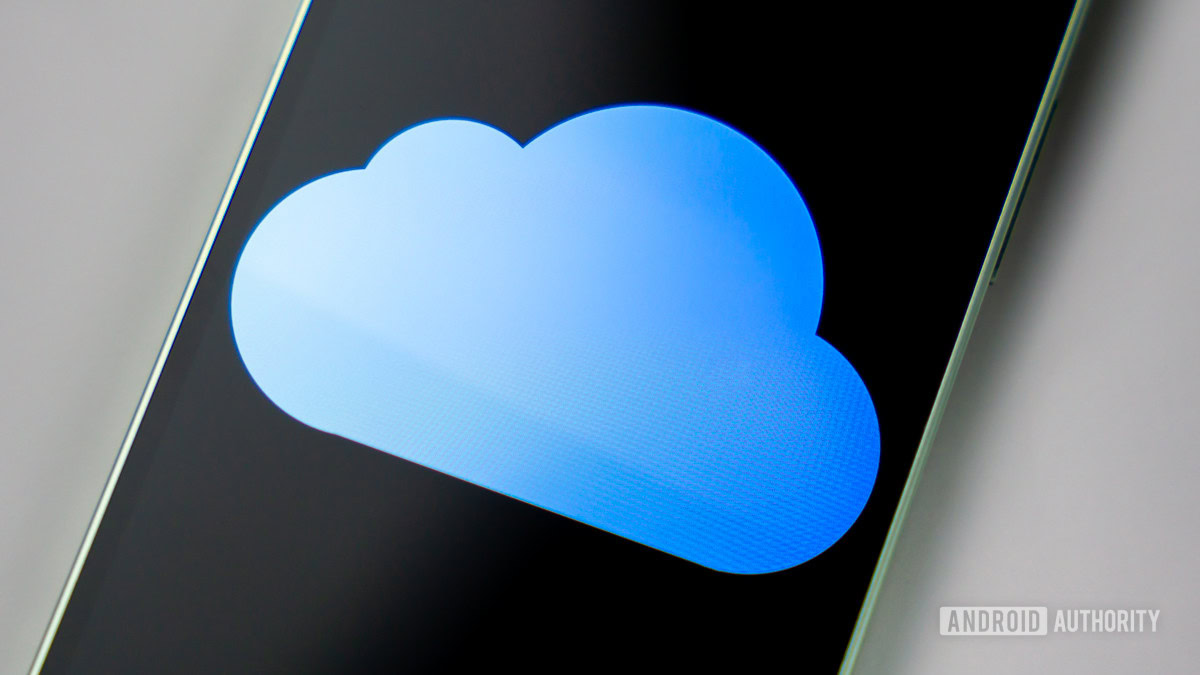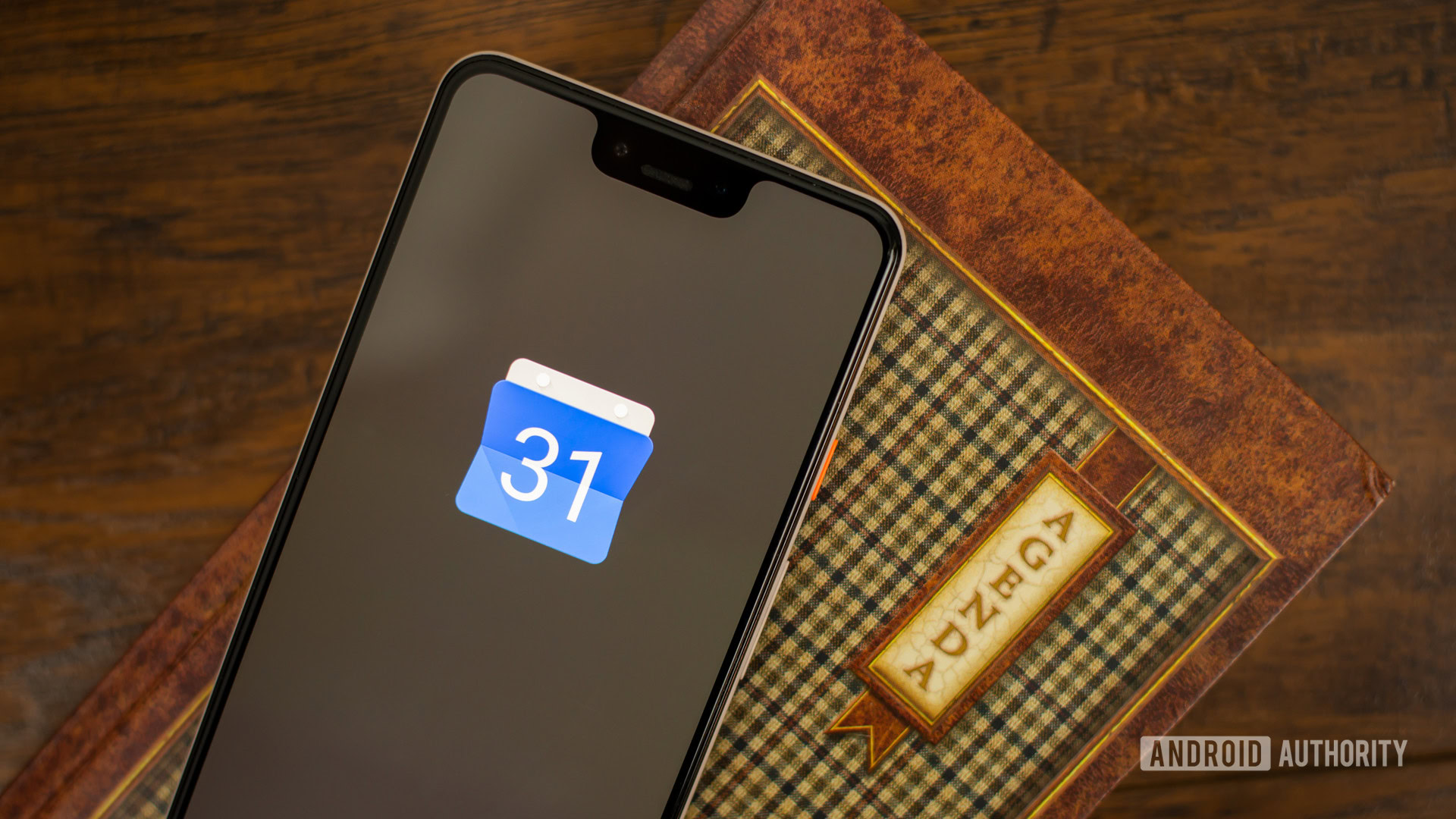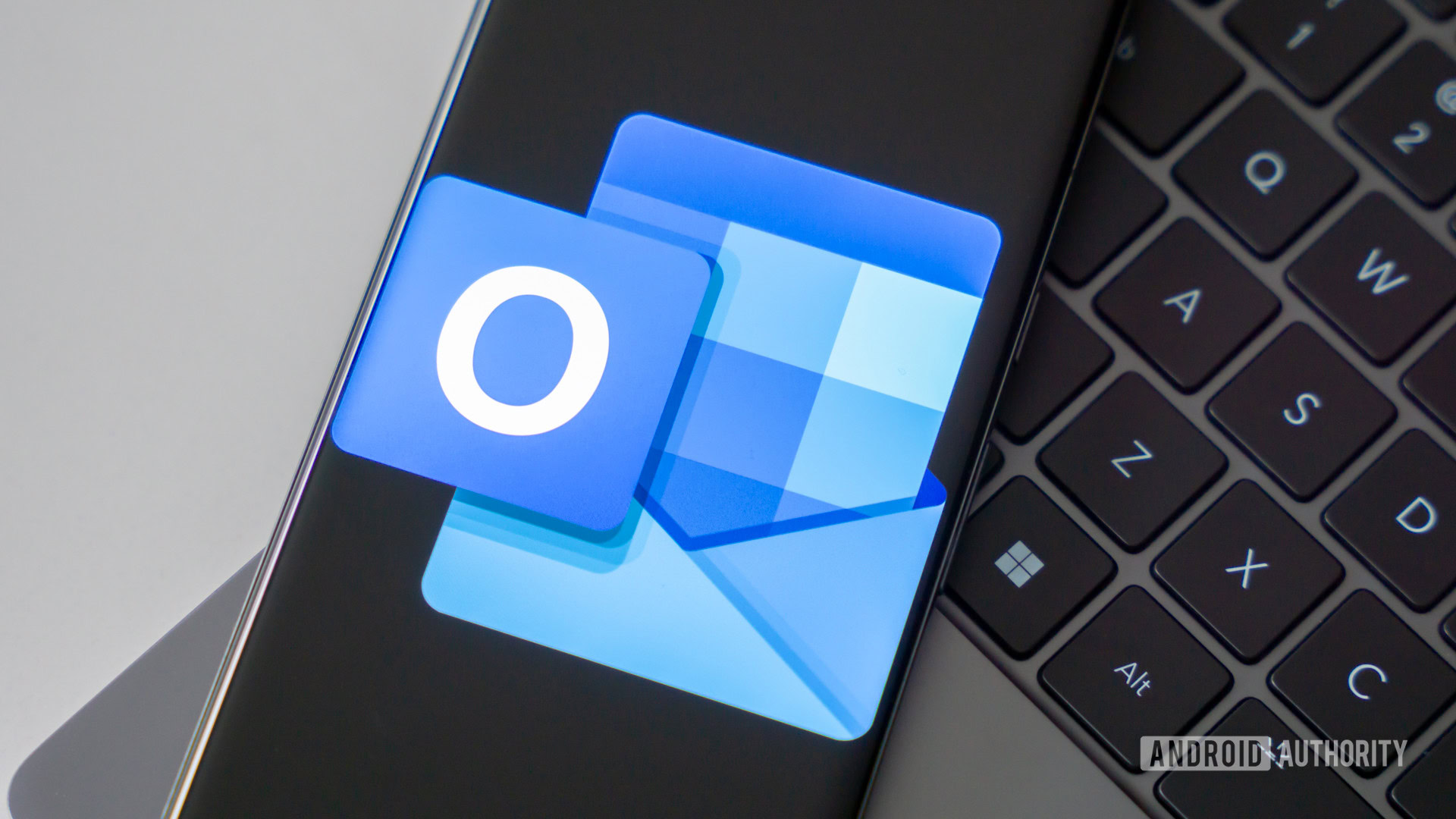Affiliate links on Android Authority may earn us a commission. Learn more.
iPhone calendar not syncing? Here's how you can try to fix it
For many of us, it’s absolutely vital that calendar sync work on our phones. While it’s theoretically possible to get away with having all of your calendar info in one spot, a lot of people own multiple devices, and often they need to combine work, family, and/or personal calendars to stay on track. If your iPhone calendar sync isn’t working, here’s how you can fix it whether you’re syncing with iCloud, Google Calendar, or Microsoft Outlook.
JUMP TO KEY SECTIONS
iCloud

iCloud sync is, of course, what lets you view events created in (or imported to) Apple’s native Calendar app regardless of what Apple device you might be using. Broken sync means data created on your Mac, for instance, won’t appear on your iPhone. Go through these steps to troubleshoot the situation:
- Check that iCloud is switched on for all your devices. On an iPhone or iPad, go to Settings > Apple ID (your name) > iCloud, and under Apps Using iCloud, tap Show All. Both iCloud Calendar and Calendar should be switched on. If you want data to sync to iCloud.com, go back to Settings > Apple ID (your name) > iCloud, scroll down to the bottom, and toggle Access iCloud Data on the Web if it’s not already activated. If you’re using a Mac with macOS 13.3 or later, similar options are available via Apple menu > System Settings > Apple ID (your name) > iCloud.
- Make sure that all your syncing devices are signed into the same Apple ID. It’s possible to make the mistake of creating new Apple IDs for each device you own, or forgetting that one device is signed into a work ID instead of your personal one, or vice versa. You can only sync iCloud Calendar data if all your devices are signed into the same account.
- Check server status for iCloud. Apple maintains a system status dashboard for all its cloud-dependent services. You’ll be stopped in your tracks if iCloud Calendar and/or iCloud Account and Sign In are down. When that happens, there’s not much you can do except wait for Apple’s workers to solve the problem.
- Fix any time and date discrepancies. If time and date info fall out of sync, your iPhone may not be fetching the latest iCloud data. On your iPhone, go to Settings > General > Date and Time, and switch on Set Automatically if it’s not already green. You may be asked to restart your iPhone if there’s updated time zone info. Other devices may also need their time and date settings changed.
- Update iOS. If it’s been a while since you’ve updated your iPhone, do that now, especially if you’re not on some version of iOS 17. Apple may have fixed a related software bug.
Google Calendar

You’ll detect some familiar patterns here, but there are a few twists.
- Make sure that all your devices are signed into the same Google account. Whether you’re syncing Google data with Apple’s native Calendar or using the separate Google Calendar app, you probably won’t see the events you’re looking for if your devices aren’t logged into the same Google account. The exception is if the Google account you’re using has been invited to subscribe to the calendar you need to access.
- If you want to sync with Apple Calendar, check that sync is enabled. On your iPhone, go to Settings > Calendar > Accounts. If you don’t see Gmail or another Google entry, tap Add Account, then Google. See the previous section for tips on verifying that iCloud sync is fully functioning. If you’ve already got a Google account linked, select it in the Accounts menu and see if Calendars is toggled on.
- If you’re using the Google Calendar app, try removing your Google account and re-adding it. This could theoretically force sync to kickstart. Open the app, tap your profile icon, then Manage accounts on this device > Remove from this device > Remove. Relaunch the app and you’ll be asked to sign in again.
- Update the Google Calendar app or reinstall it. Glitches happen, and Google may have addressed them. This will only help if you’re using Google’s app for calendar content, naturally.
- See if Google’s servers are operating properly. Use a site like Downdetector to see if Google Calendar is up and running. If outages are being reported, you may just have to wait until service is back to normal.
Microsoft Outlook

As with Google Calendar, solutions tend to fork in different directions based on whether you’re using Microsoft’s official app or syncing with Apple Calendar.
- Make sure all your devices are signed into the same Microsoft account. This applies whether you’re syncing with Apple Calendar (see below) or using the official Outlook app.
- If you’re using the Outlook app, check that Calendar sync is enabled. Navigate to the Calendar section of the app, then tap the menu (triple-line) icon in the upper-left corner. Under relevant email accounts, made sure there’s a checkmark next to Calendar. If an expected email address is missing, that means it’s not set up using Exchange ActiveSync. In that case you’ll have to delete and re-add your account, avoiding IMAP.
- If you want to sync with Apple Calendar, check that sync is active. On your iPhone, go to Settings > Calendar > Accounts. If you don’t see your Microsoft account, tap Add Account, then Outlook.com or Microsoft Exchange as appropriate. See the first section in this guide for tips on verifying that iCloud sync is fully functioning. If you’ve already got a Microsoft account linked, select it in the Accounts menu and see if Calendars is toggled on.
- Try resetting your account in the Outlook app. Tap Settings, select the malfunctioning account, then Reset Account. As you might guess, this won’t do anything if you’re trying to access data via Apple Calendar.
- Delete your account in the Outlook app. Select Settings, the account in question, then Delete Account > Delete From This Device. You’ll have to re-enter your Microsoft account data.
- Update the Outlook app or reinstall it. If Microsoft has tackled any bugs recently, this might do the trick.
- See if Microsoft’s servers are functioning. Like Apple, Microsoft maintains a very convenient service status page. When Outlook servers are having trouble, you’ll just have to be patient.